
Shamanism and Peyote Use Among the Apaches
- by L. Bryce Boyer, Ruth M. Boyer, and Harry W. Basehart
from: Hallucinogens & Shamanism, Edited by Michael J. Harner
© 1973, Oxford University Press
--------------------------------------------------------------------------------
In a volume devoted to the study of shamanism and hallucinogenic drugs it is
important to include data concerning a group whose experiences with the
hallucinogenic peyote cactus (Lophophora williamsii) in shamanistic rituals resulted
in serious conflict and, ultimately, proscription of the ceremonial use of the drug. 1
Inthis contribution we present information concerning the Apaches of the Mescalero
Indian Reservation, some of whom used peyote in shamanistic contexts between
about 1870 until some time after 1910. We then examine some of the reasons why
its use was abandoned and why their accredited shamanistic practices subsequently
have excluded the use of hallucinogens.2
The Apaches presently living on the reservation include members of three tribes, in
order of descending numbers, Mescaleros, Chiricahuas, and Lipans (R. M. Boyer,
1962, Appendix A). The reservation was established in 1873 for the Mescaleros.
The Chiricahuas were taken as prisoners of war in 1886 after the capitulation of
Geronomo and his followers. When they were freed in 1913, the majority chose to
move to the reservation and to become part of the Mescalero tribe. The Lipans were
destroyed as functioning groups during the latter half of the nineteenth century,
when their few known remaining members joined the Mescaleros.
Nineteenth-century authors stated that the Mescaleros used peyote in religious rites
in 1867 (Methvin, 1899:36-37), the Chiricahuas in 1875 (Tones, 1899:95)1· and the
Lipans in 1885 (Havard, 1885:521; 1886:38). Nevertheless, it is not generally
known that these Apaches ate peyote. They were excluded from Shonle’s (1925)
map of the distribution of the use of peyote in the United States and they were listed
as non-users in a booklet compiled under the aegis of the Bureau of Indian Affairs
(Newberne, 1925.)
During his field work in the 1930’s, Opler (1936); learned that the Mescaleros had
practiced rather elaborate ceremonies centering on the utilization of peyote for some
forty years and that the Lipans had used it in shamanistic contexts (Opler, 1938,
1940, 1945)·
According to the aged informant Antonio Apache, the Lipans obtained peyote from
the Carrizo Indians (Opler, 1938); and the Mescaleros are said to have learned
peyote rites from the Lipans not long before 1870 (LaBarre, 1938) or from the
Tonkawas, Lipans, Yaquis, or other non-Apachean groups of northern Mexico
(Opler, 1936:148). But for some slight degree of experimentation by today’s young
people with marijuana and perhaps LSD, the reservation Apaches are not known to
have used any other hallucinogenic drugs with the exception of alcohol. Modern
informants affirm that peyote has been and may now be used for social purposes, but
that formerly it was ingested only during Mescalero and Lipan shamanistic
ceremonies. We have been unable to confirm its use during the years 1958-71. No
one now has knowledge of peyote use by the Chiricahuas of the reservation.
To understand why the shamanistic use of peyote was abandoned requires an insight
into Apache religious concepts and a cognizance of personality structure among
these people. Initially we shall summarize the religious tenets.
Aboriginal religio-medical philosophies, the criteria for according the status of
shaman to individuals, and shamanistic procedures have been similar if not identical
among the three tribes in recorded times (Boyer, 1964)· They conceive the world to
be permeated by supernatural power which has no intrinsic attribute of good or evil;
its virtue resides in its potency. Power approaches people through the agency of a
plant, animal, or natural phenomenon by means of a dream or other hallucinatory
PDF created with FinePrint pdfFactory trial version
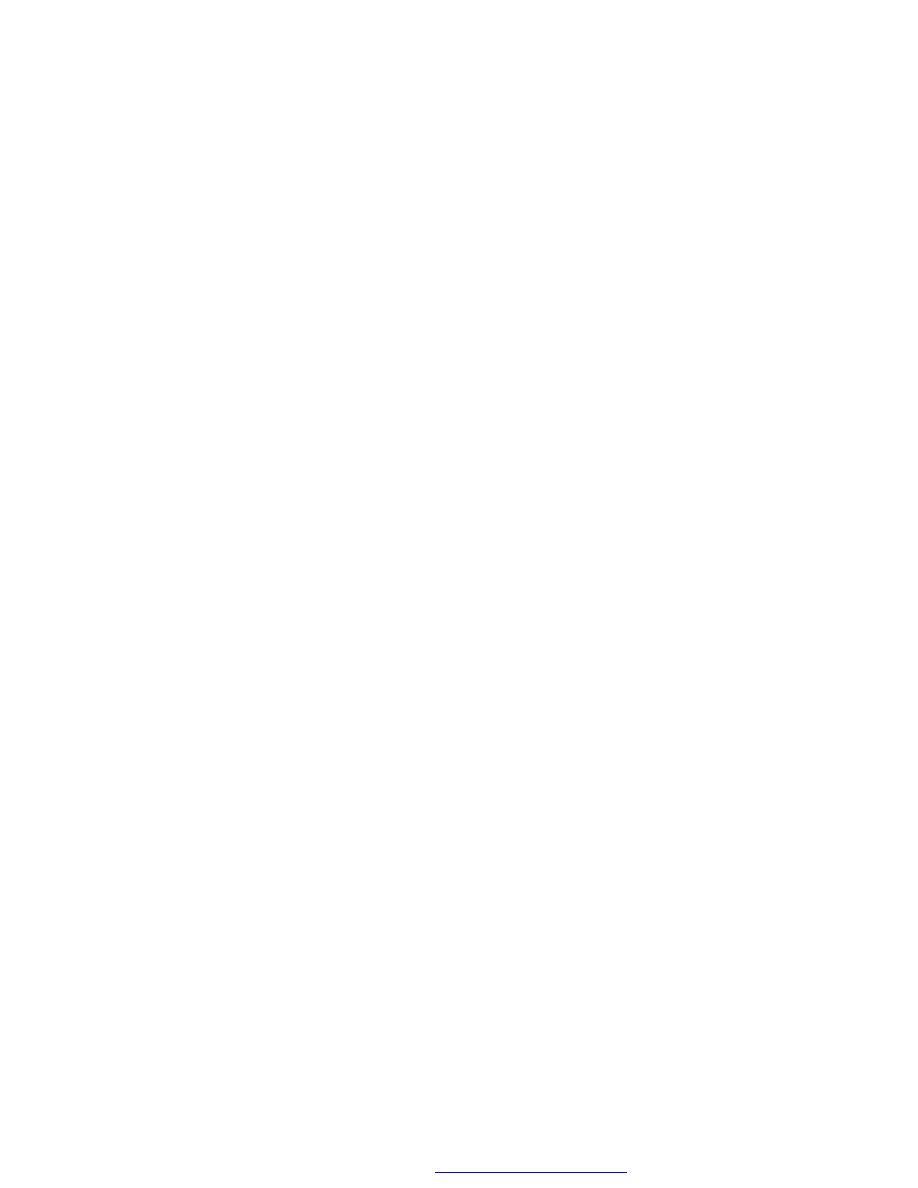
these people. Initially we shall summarize the religious tenets.
Aboriginal religio-medical philosophies, the criteria for according the status of
shaman to individuals, and shamanistic procedures have been similar if not identical
among the three tribes in recorded times (Boyer, 1964)· They conceive the world to
be permeated by supernatural power which has no intrinsic attribute of good or evil;
its virtue resides in its potency. Power approaches people through the agency of a
plant, animal, or natural phenomenon by means of a dream or other hallucinatory
experience; its acceptance is frequently accompanied by an ordeal. Ritual instruction
may be received directly from the power or from other shamans. Any person is a
possible power recipient. Thus, Opler (1936:146) described the Mescaleros as "a
tribe of shamans, active or potentially active."
An individual might own any number of powers. If he is thought to use power for
purposes which are not oriented toward the common good, he is accorded the status
of witch. Yet those who are thought to use their powers for the benefit of the group,
the shamans, are implicitly witches since a shaman who saves a life must then either
sacrifice his own or that of a loved person. Obviously, jealousies, enmities, and
suspicion abound. Each shaman has private instructions concerning the use of
power, and his rites are individually owned. Consistent with native concepts of
leadership and authority (Basehart, 1959, 1960, 1970), there has never been a chief
shaman.
Opler’s informants stated, and today’s Apaches agree, that ritual peyote use was
acquired from personal contact with power that approached people while it was
invested in peyote flowers or "buttons." Various Mescalero shamans acquired
peyote power and became leaders of a peyote camp in which curing and other
ceremonies were conducted. During such rites, various shamans and other
participants used and were affected by peyote, experiencing the usual perceptual and
logical distortions, hallucinations, and physical effects. Whether the Lipans had a
formal peyote camp is not known.
There is a fundamental incongruity between the principles involved in ordinary
Mescalero shamanistic ceremonies and the rules that applied to peyote rites. In
ordinary shamanistic practices, a single shaman is tire principal figure and the
experiences of attendants at ceremonies are subordinate. Religious ecstasy, visions,
and communications with supernaturals are the shaman’s prerogatives and validate
his power and efficacy. The use of peyote by other people at ceremonies made its
psychological and physiological effects common, and the uniqueness of the
shaman’s experiences disappeared. The peyote meetings became places in which
shamanistic rivalries and witchcraft flourished. Disruption resulted, rather than
cohesiveness through shared experience.
The peyote ceremonies were not accompanied by the acceptance of Christian beliefs
and practices, and the Mescaleros never became involved in the Peyote Religion
(see Slotkin, 1956). Instead, the use of peyote was intended to affirm the vitality of
traditional religious practices at a time when the impact of reservation confinement
contributed to an increased awareness of social and cultural deprivation. Yet
antagonisms became so open and bloody that eventually the peyote gatherings were
abandoned. The hostilities which became overt during the meetings were ascribed to
the peyote. Since its use involved witchcraft practices, its ingestion was equated
with the potential for witchcraft.
It will be recalled that, in the native conceptualization, power has no intrinsic
attribute of good or evil, and can be used for moral or immoral purposes at the will
of its human owner. To our knowledge, peyote power is unique among the
Mescaleros in that it is uniformly considered to be bad. Some Mescaleros believe
that one other power, the owl, is intrinsically evil. Thus, the hoot of an owl is
considered to presage death. However, some Apaches regard the owl as the bearer of
the power of a human witch, others believe ghosts to inhabit owls, and yet others
deem owls to be witches whose actions are motivated by their own evil will or
power.
During 1959-60 there were thirteen accredited Mescalero, Chiricahua, and Lipan
shamans on the reservation. Perhaps fifteen Mescaleros, here termed
PDF created with FinePrint pdfFactory trial version
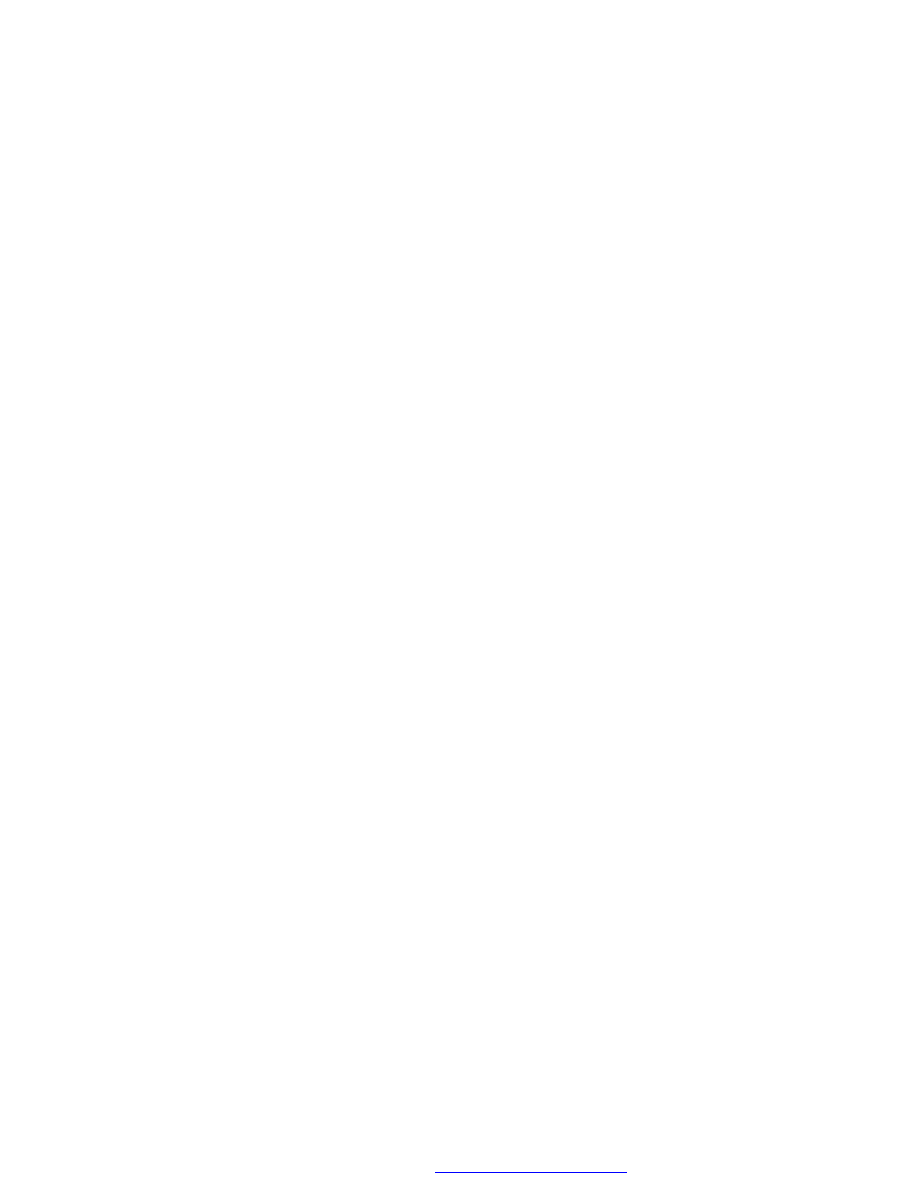
Mescaleros in that it is uniformly considered to be bad. Some Mescaleros believe
that one other power, the owl, is intrinsically evil. Thus, the hoot of an owl is
considered to presage death. However, some Apaches regard the owl as the bearer of
the power of a human witch, others believe ghosts to inhabit owls, and yet others
deem owls to be witches whose actions are motivated by their own evil will or
power.
During 1959-60 there were thirteen accredited Mescalero, Chiricahua, and Lipan
shamans on the reservation. Perhaps fifteen Mescaleros, here termed
pseudoshamans, claimed to own supernatural power but were considered generally
to be imposters.
One of the shamans, Ancient One, was the sole living person known to have
participated in the peyote camp. Of the shamans, only he and Black Eyes (Boyer,
1961; Klopfer and Boyer, 1961), both Mescaleros, were at times judged to be
witches. It was said that they and two of the pseudoshamans still used peyote in the
illicit practices of witchcraft and love magic ceremonies, rites which are potentially
dangerous to those who perform them. The shamans, considered to be legitimate
possessors of peyote power, were not punished by that power for their actions.
However, the peyote had "turned back" on the pseudoshamans. As a consequence,
one of them lost one of his legs in an accident and the other was castigated indirectly
when one of his close relatives was killed and another lost a limb.
Let us turn now to a brief and partial recapitulation of facets of current socialization
practices. R. M. Boyer (1962) found that child-rearing techniques tend to be uniform
in emotional content, and usually in actual practice, provided the mother has been
brought up on the reservation. Further, during the prelatency period of a child’s
growth, socialization practices strongly resemble aboriginal tactics.
Typically, there is gross inconsistency in the maternal care of children. Frequently,
the baby of the family is afforded tender and loving care but periodically the mother
will impulsively abandon the infant to the supervision of others, sometimes to
children of only four or five years of age, for hours or days while she engages in
narcissistic pursuits, commonly involving drinking. Ordinarily, a husband does not
object to such treatment of small children because his attention and regard are no
more constant. Under such conditions, the development of a sense of basic trust
(Erikson, 1950) is Stultified; one result is the marked ambivalence and
suspiciousness which form aspects of Apache personality.
With the birth of a baby, usually when the previous child is 18 to 24 months old, the
older child is abruptly, and often brutally, displaced. The resultant sibling rivalry is
intense but strongly disapproved. Nevertheless, its repression is insecure and its
effects become blatantly manifest when teenagers and adults are under the influence
of alcohol. We refer here to only two of the severe psychological traumata
encountered by growing children.
In the aboriginal situation, other socialization practices were reasonably effective in
directing hostilities engendered by such child-rearing practices, for example, those
mentioned above toward outsiders, witches, ghosts and other culturally defined
objects. During the long period when these Apaches were nomadic hunters,
gatherers, and raiders, such externalization of aggression served to strengthen group
solidarity. With changing life conditions, in the presence of feeble repression of
interfamilial and intragroup resentments, individuals’ hatreds are generally
discharged in manners which result in anomie and various forms of self-destruction
(Boyer and Boyer, 1972)·
L. B. Boyer’s essential research method consisted of conducting psychoanalytically
oriented investigative interviews (Boyer, 1964a). He had from 1 to 145 interviews
each with 60 different persons of both sexes, ranging in age from 4 to 65 years. He
found a personality configuration which was typical for these Apaches.
They are impulse-ridden, fear loss of control, especially of feebly repressed hostile
urges, and are suggestible and phobic. They tend to avoid introspection and seek
outer controls and explanations for their behavior and thoughts. They are suspicious
and dependent and their libidinal attachments are unstable. The men, who are caught
between passive and aggressive urges, have insecure sexual identities. The typical
PDF created with FinePrint pdfFactory trial version
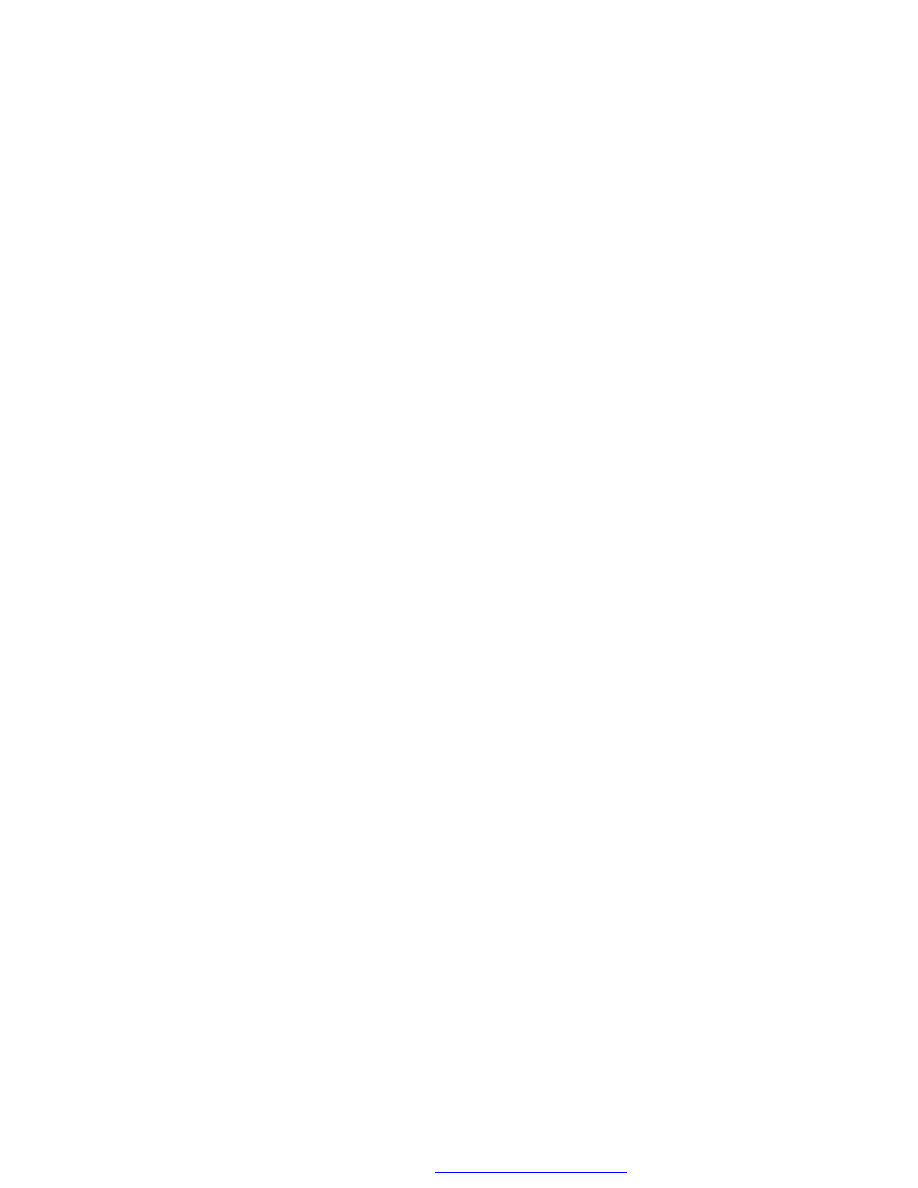
oriented investigative interviews (Boyer, 1964a). He had from 1 to 145 interviews
each with 60 different persons of both sexes, ranging in age from 4 to 65 years. He
found a personality configuration which was typical for these Apaches.
They are impulse-ridden, fear loss of control, especially of feebly repressed hostile
urges, and are suggestible and phobic. They tend to avoid introspection and seek
outer controls and explanations for their behavior and thoughts. They are suspicious
and dependent and their libidinal attachments are unstable. The men, who are caught
between passive and aggressive urges, have insecure sexual identities. The typical
Apache personality configuration corresponds with the Western psychiatric
diagnosis of character disorder with hysterical and impulsive attributes.
L. B. Boyer was generally considered to be a shaman and, accordingly, was in an
unusually good position to learn about shamans and their activities. He found them
to have personality configurations that concur with those which are typical for the
Apaches, differing only to the degree to which they successfully employ imposture
and in their having greater creative potential (Boyer, 1962).3 They are not
autocultural deviants who have resolved serious psychopathological conditions
through assuming shamanistic roles (Ackerknecht, 1943; Devereux, 1956;
Silverman, 1967)· The personality structure of the impostor as delineated by
psychoanalysts (Greenacre, 1958) is clinically similar to that of the usual Apache
shaman.
A capacity to regress in the service of the ego (Kris, 1952) and an ego-controlled
availability of primary process thinking (Freud, 191·5) are related to creativity and
showmanship. These characteristics appear to be necessary for the successful
practice of shamanism and for convincing impostureship. It is noteworthy that the
pseudoshamans who were interviewed were found clinically to lack creative
potentials and the capacity to use regression in the service of the ego.
Because it was impossible to conduct psychiatric interviews in depth with all of the
shamans and pseudoshamans, the Rorschach test was employed as a research
adjunct. Protocols were obtained from all Apaches of fifty years of age and older
(referred to here as the old-age group), 12 of the 13 shamans and 7 pseudoshamans
(Boyer, Klopfer, Brawer, and Kawai, 1964). The protocols of the shamans and
pseudoshamans were compared with those of the old-age group and with each other.
As expected, the protocols of the old-age group showed hysterical signs. The
shamans demonstrated more hysterical signs and, additionally, a way of handling
data with keener awareness of peculiarities and more selective theoretical interest;
they had creative characteristics and a high degree of reality testing potential in
addition to a capacity to regress in the service of the ego. Viewed heteroculturally,
or within Devereux’s framework of the ideal psychological normal, they more nearly
approached normality than did their culture mates." The personality of the
pseudoshamans was strikingly different. They were not hysterical, had variable
degrees of reality testing potential, and impoverished personalities. Klopfer
concluded from indirect data that the shamans were able to use imposture
convincingly whereas pseudoshamans could not.
COMMENT
Historical and modern data provide some partial and tentative answers to the
intriguing question of why the Mescaleros abandoned the use of peyote in
shamanistic rituals and today forbid its use.
Apache child-rearing practices engender much hostility. Aggression was and is
addressed institutionally toward outsiders, witches, ghosts, and cultural bogies in an
attempt to produce individual repression of hostile impulses originally directed
toward familial and societal members. The effort was more effective aboriginally
but has never been strikingly successful. In the past, as today, when individuals were
under the influence of hallucinogens, including alcohol, their unstable repression of
hateful impulses toward parent and sibling surrogates became blatantly overt and
threatened tribal unity.
The use of peyote in the camps introduced a foreign element into Apache
shamanistic procedures, the simultaneous assumption of authority by more than one
PDF created with FinePrint pdfFactory trial version

attempt to produce individual repression of hostile impulses originally directed
toward familial and societal members. The effort was more effective aboriginally
but has never been strikingly successful. In the past, as today, when individuals were
under the influence of hallucinogens, including alcohol, their unstable repression of
hateful impulses toward parent and sibling surrogates became blatantly overt and
threatened tribal unity.
The use of peyote in the camps introduced a foreign element into Apache
shamanistic procedures, the simultaneous assumption of authority by more than one
practitioner. Each of them vied for supremacy of power and status. The
physiopsychological effects of the hallucinogen reduced the efficacy of their
repression of the hostilities which had resulted from their socialization experiences.
The drug-induced regression resulted in their releasing aggression in its earlier,
childish form, directly toward parent and sibling surrogates. Bloodshed and feuds
occurred; the Apache wisely banned the peyote camps.
It would appear that the ascription of the quality of evil to peyote (power), an act
which involved basic deviation from the conceptualization of power without
intrinsic properties of good or evil, was intended to deny the presence of intragroup
hostility.
The use of peyote was proscribed for shamans; thenceforth it was employed by
possessors of supernatural power solely in witchcraft rituals, as was owl power, and
love magic practices.
It can be no coincidence that only peyote and owl power have been considered to be
evil in themselves. In each instance, murderous wishes are projected onto the power
in question.
The Mescaleros, Chiricahuas, and Lipans fear the use of peyote for two stated
reasons: (1) it has an evil power which will drive them to do evil and (2) it causes
hallucinations, that is, reduces their capacity to perceive and judge external reality
accurately.
There is fear of the visual aberrations and of the strange qualities of movement
encountered. In the first case, intrapersonal asocial tendencies are projected onto the
peyote. Sexual transgressions arouse little overt anxiety among these Apaches
except when inter-generational incest has occurred, but they fear their poorly
controlled aggressive impulses. The second case is similar. The Apaches may
displace their fear of loss of control over destructive urges onto fear of loss of
control of perceptual accuracy.
A number of questions remain, of which we shall deal briefly with three.
First, why did two shamans continue to use peyote in illicit practices! Both were
considered to be very powerful and were feared by most Apaches. Black Eyes,
intoxicated, frequently bragged that he was a witch and once flaunted peyote buttons
before the psychoanalytic author. Ancient One had no need to flaunt his witchcraft
potential. He was said to have killed many individuals, both tribal enemies and
Apaches, sometimes by means which appeared to have required the intervention of
the supernatural. His own children were so awed by his presumed powers that they
even hesitated to whisper their conviction that he was a witch. Perhaps these two
men deemed themselves to be so strong that they were above social sanctions and
continued to use peyote both to demonstrate their contempt for their fellow
Mescaleros and for material purposes. It is probable that they could demand greater
recompense and command greater respect from performing rituals which were
conceptualized as illegitimate in Apache practice and belief.
Second, why did two pseudoshamans use peyote in their rituals? They had
impoverished personalities, and were generally scorned both as shamans and
witches and employed solely by the most suggestible. We postulate that they used
peyote in an attempt to raise their esteem in their eyes and those of others, hoping
that they would truly become powerful if they could exploit the effects of the
hallucinogens. Each of them confided to L. B. Boyer while intoxicated that they
doubted their own claims of power possession and consciously sought to deceive
others.
Third, the use of alcohol among these Apaches is commonplace. While it is
PDF created with FinePrint pdfFactory trial version
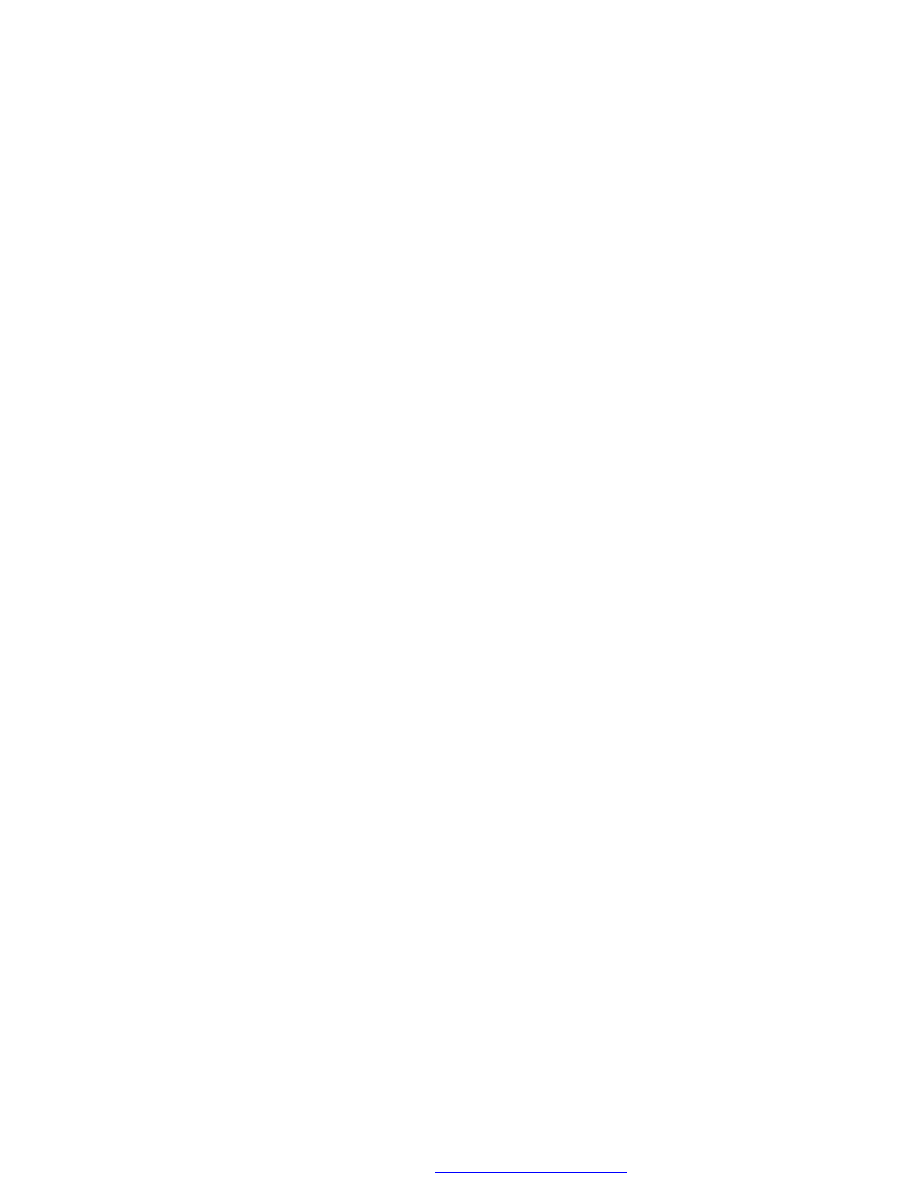
impoverished personalities, and were generally scorned both as shamans and
witches and employed solely by the most suggestible. We postulate that they used
peyote in an attempt to raise their esteem in their eyes and those of others, hoping
that they would truly become powerful if they could exploit the effects of the
hallucinogens. Each of them confided to L. B. Boyer while intoxicated that they
doubted their own claims of power possession and consciously sought to deceive
others.
Third, the use of alcohol among these Apaches is commonplace. While it is
officially and to some extent socially disapproved, it is accepted as "one way of
life," a way accepted even prior to white domination. Under its influence,
hallucinosis is frequent, and exceedingly violent actions often occur. Further, in the
drunken state, perception is blurred and distorted, paralleling one aspect of the
experiences induced by the ingestion of peyote. Why, then, was the use of alcohol
socially permissible, while peyote was proscribed? A significant reason would
appear to be the incorporation of peyote into the shamanistic ritual complex from the
time of its introduction to the Apaches; the consumption of alcohol, to our
knowledge, has never been culturally acceptable in ceremonial contexts. Where the
group situation at peyote meetings fostered conflict centering on the varying powers
controlled by and controlling particular individuals, aggression released during
drinking parties was channeled outside the personally mediated world of the
supernatural.
It will be most interesting to observe future Apache involvement with hallucinogens,
inasmuch as their use has become commonplace among adolescents and young
adults throughout the United States. Will the ban against the use of peyote extend to
other hallucinatory agents with which Apaches may become familiar in their
increasing intercourse with the world beyond the reservation? Or, might
acquaintance with some hallucinogens pave the way for the re-definition of peyote,
especially in view of the diminished commitment of the majority of present-day
Apaches to the system of supernatural beliefs associated with shamanism?
Research designed to answer these and related questions should yield significant
data for cross-cultural comparison of processes of sociocultural change.
--------------------------------------------------------------------------------
REFERENCES
Ackerknecht, E. H. 1943 Psychopathology, Primitive Medicine and Primitive
Culture. Bulletin of the History of Medicine 14:30-67
Basehart, H. W. 1959 Chiricahua Apache Subsistence and Socio-Political
Organation. University of New Mexico Mescalero-Chiricahua Land Claims Project,
Contract Research 290-154, mimeographed.
— 1960 Mescalero Apache Subsistence Patterns and Socio-Political Organization.
Ibid.
— 1970 Mescalero Band Organization and Leadership. Southwestern Journal of
Anthropology 26:87-106.
Boyer, L. B. 1961 Notes on the Personality Structure of a North American Indian
Shaman. Journal of the Hillside Hospital 10:14-33
— 1962 Remarks on the Personality of Shamans, with Special Reference to the
Apaches of the Mescalero Indian Reservation. The Psychoanalytic Study of Society
2:233-54.
— 1964 Folk Psychiatry of the Apaches of the Mescalero Indian Reservation. Magic,
Faith and Healing. Studies in Primitive Psychiatry Today (Ari Kiev, ed.), pp. 384-
PDF created with FinePrint pdfFactory trial version
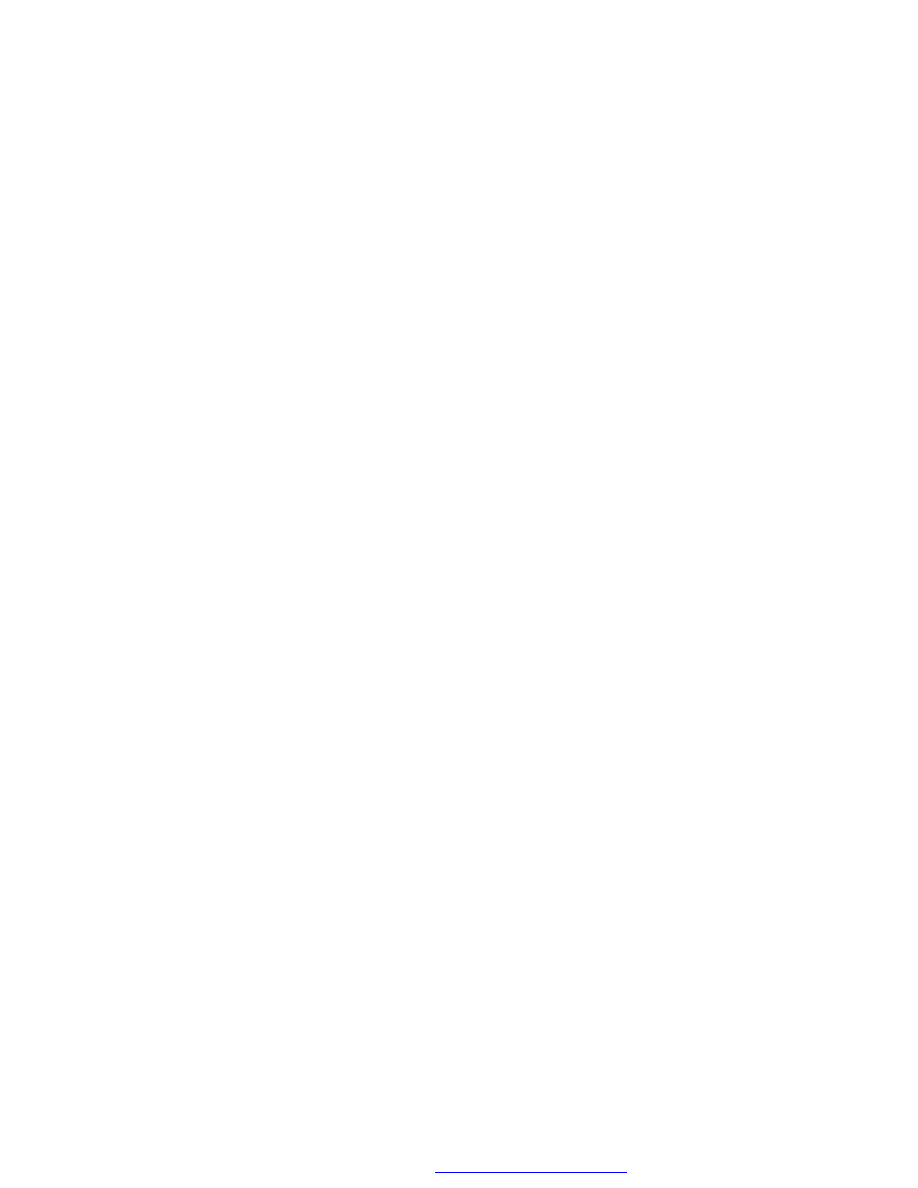
Shaman. Journal of the Hillside Hospital 10:14-33
— 1962 Remarks on the Personality of Shamans, with Special Reference to the
Apaches of the Mescalero Indian Reservation. The Psychoanalytic Study of Society
2:233-54.
— 1964 Folk Psychiatry of the Apaches of the Mescalero Indian Reservation. Magic,
Faith and Healing. Studies in Primitive Psychiatry Today (Ari Kiev, ed.), pp. 384-
419· Glencoe, Ill.: The Free Press.
— 1964a Psychological Problems of a Group of Apaches: Alcoholic Hallucinosis
and Latent Homosexuality among Typical Men. Psychoanalytic Study of Society
3:203-77·
— 1964b Further Remarks Concerning Shamans and Shamanism. Israel Annals of
Psychiatry and Related Disciplines 2:235-57
— 1969 Shamans: To Set the Record Straight. American Anthropologist 71:307-9.
Boyer, L. B., and Ruth M. Boyer 1972 Effects of Acculturation on the Vicissitudes
of the Aggressive Drive among the Apaches of the Mescalero Indian Reservation.
Psychoanalytic Study of Society 5:40-82.
Boyer, L. B., B. Klopfer, Florence B. Brawer, and H. Kawai 1964 Comparisons of
the Shamans and Pseudoshamans of the Mescalero Indian Reservation, A Rorschach
Study. Journal of Projective Techniques and Personality Assessment 28:173-80.
Boyer, Ruth M. 1962 Social Structure and Socialization of the Apaches of the
Mescalero Indian Reservation. Unpublished Ph.D. dissertation, University of
California, Berkeley.
Castetter, E. F., and M. E. Opler 1936 The Ethnobiology of the Chiricahua and
Mescalero Apache. A. The Use of Plants for Foods, Beverages and Narcotics.
University of New Mexico Bulletin, Vol. 4, No, 5.
Devereux, G. 1956 Normal and Abnormal: The Key Problem of Psychiatric
Anthropology. Some Uses of Anthropology: Theoretical and Applied, pp. 23-48
Washington, D. C.: Anthropological Society of Washington.
Erikson, E. H. 1950 Childhood and Society, New York: Norton.
Freud, S. 1915 The Unconscious. The Psychological Works of Sigmund Freud.
Standard Edition, 1957 (J. Strachey, ed.), Vol. 14, pp. 159--215. London: Hogarth
Press.
Greenacre, Phyllis 1958 The Imposter. Psychoanalytic Quarterly 27: 59-82
Handelman, D. 1968 Shamanizing on an Empty Stomach. American Anthropologist
70:353-56
Havard, V. 1885 Report on the Flora of Western and Southern Texas. Proceedings
of the United States National Museum 8:449-533
— 1886 Drink Plants of the North American Indians. Bulletin of the Torrey
Botanical Club 23:33-46
Jones, T. H. 1899 A Condensed History of the Apache and Comanche Indian Tribes.
San Antonio: Johnson.
PDF created with FinePrint pdfFactory trial version

Havard, V. 1885 Report on the Flora of Western and Southern Texas. Proceedings
of the United States National Museum 8:449-533
— 1886 Drink Plants of the North American Indians. Bulletin of the Torrey
Botanical Club 23:33-46
Jones, T. H. 1899 A Condensed History of the Apache and Comanche Indian Tribes.
San Antonio: Johnson.
Klopfer, B., and L. B. Boyer 1961 Notes on the Personality Structure of a North
American Indian Shaman: Rorschach Interpretation. Journal of Projective
Techniques 25:170-78.
Kris, E. 1952 Psychoanalytic Explorations in Art. New York: International
Universities Press.
La Barre, W. 1938 The Peyote Cult. New Haven: Yale University Press.
Methvin, J. J. 1899 Andele. Louisville: Pentecostal Herald Press.
Newberne, R. E. L. 1925 Peyote. Lawrence, Kansas: Haskell Institute.
Opler, M. E. 1936 The Influence of Aboriginal Pattern and White Contact on a
Recently Introduced Ceremony: The Mescalero Peyote Rite. Journal of American
Folk-Lore 49:143-66
— 1938 The Use of Peyote by the Carrizo and Lipan Apache Tribes. American
Anthropologist 40:271-85.
— 1940 Myths and Legends of the Lipan Apache Indians. Memoirs of the American
Folk-Lore Society 36:56-58.
— 1945 A Mescalero Apache Account of the Origin of the Peyote Ceremony. El
PaIacio 52: 210--212.
Shonle, Ruth 1925 Peyote--Giver of Visions. American Anthropologist 27:53-75
Silverman, J. 1967 Shamans and Acute Schizophrenia. American Anthropolgist
69:21-31.
Slotkin, J. S. 1956 The Peyote Religion. Glencoe, Ill.: The Free Press.
--------------------------------------------------------------------------------
1. An earlier version of this paper was presented at the Hallucinogens and
Shamanism symposium at the annual meeting of the American Anthropological
Association in 1968. The research which made this communication possible was
supported in part by National Institute of Mental Health Grants M-2013 and M-go88
and University of California (Berkeley) Faculty Grants. It has continued since 1958.
The ultimate purpose of the research is to delineate areas of interaction among social
structure, socialization, and personality organization. Harry W. Basehart has been
responsible for collecting data pertaining to social structure. He was assisted in
1959-60 by Bruce B. MacLachlan. Ruth M. Boyer has gathered socialization data
and also aided Basehart. L. Bryce Boyer has studied personality organization. The
principal psychological consultant was Bruno Klopfer; his assistants were Florence
PDF created with FinePrint pdfFactory trial version
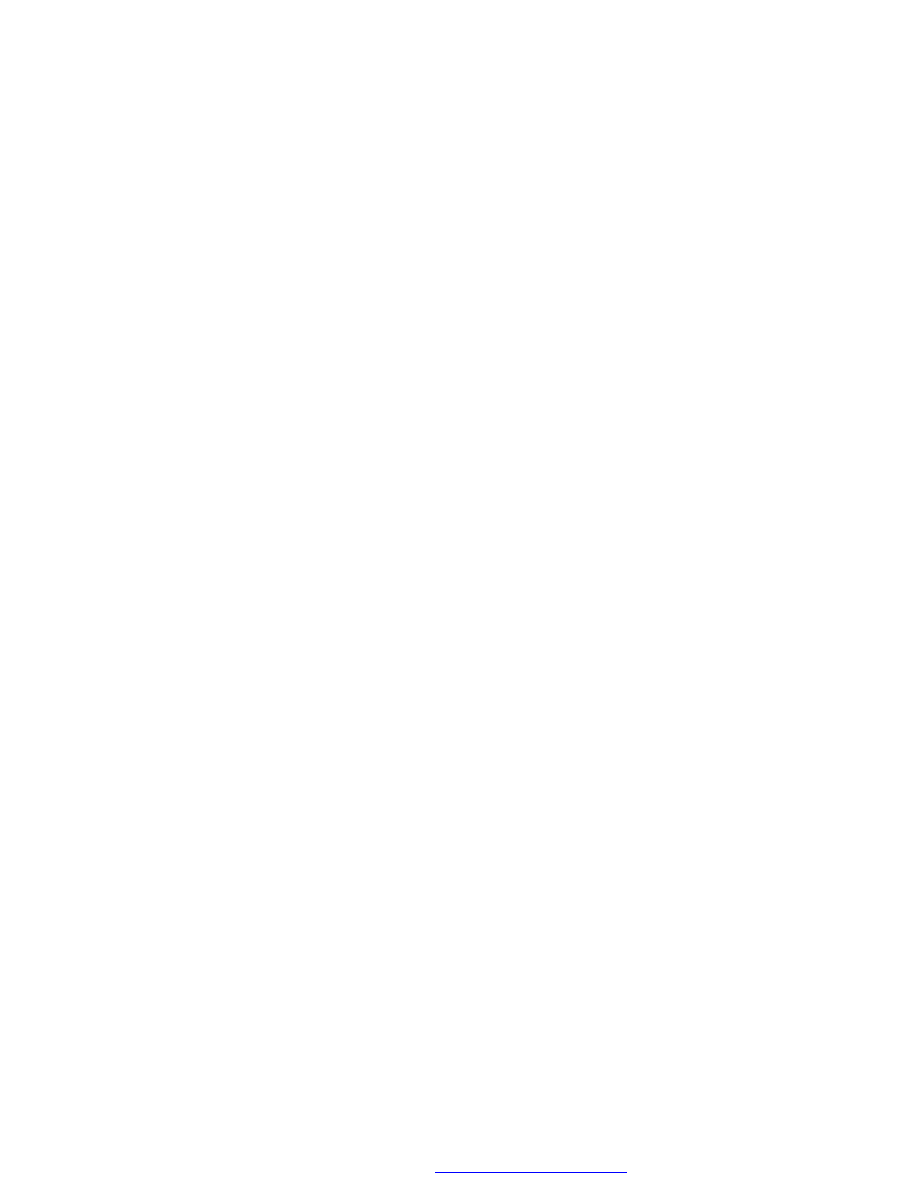
supported in part by National Institute of Mental Health Grants M-2013 and M-go88
and University of California (Berkeley) Faculty Grants. It has continued since 1958.
The ultimate purpose of the research is to delineate areas of interaction among social
structure, socialization, and personality organization. Harry W. Basehart has been
responsible for collecting data pertaining to social structure. He was assisted in
1959-60 by Bruce B. MacLachlan. Ruth M. Boyer has gathered socialization data
and also aided Basehart. L. Bryce Boyer has studied personality organization. The
principal psychological consultant was Bruno Klopfer; his assistants were Florence
B. Brawer, Hayao Kawai, and Suzanna B. Scheiner. Basehart has spent more than a
year on the reservation, MacLachlan over fourteen months, and the Boyers over two
years.
L. BRYCE BOYER, M.D., RUTH M. BOYER, PH.D., and HARRY W.
BASEHART, PH.D., have worked as an inter-disciplinary team in their studies of
Mescalero Apache shamanism. L. Bryce Boyer is a practicing psychoanalyst in
Berkeley, California, who in his considerable field research: specializes in
shamanism. Ruth M. Boyer is an anthropologist and Lecturer in the Department of
Design at the University of California, Berkeley. Dr. Basehart is Professor of
Anthropology at the University of New Mexico and Editor of the Southwestern
journal of Anthropology.
2. The Apaches call peyote hoos. Almost no one remembers an aboriginal name,
xucladjin-dei (Castetter and Opler, 1936:61)
3. Subsequently, Boyer reviewed the relevant literature on shamanism and
concluded that, cross-culturally, shamans have personality configurations similar to
those exhibited by Apache practitioners (Boyer, 1964b).
4. Devereux’s (1956) stand has been frequently misunderstood. He held that
shamans must be considered to be seriously neurotic or psychotic when compared
with the hypothetical psychological normal. Boyer’s viewpoint has been similarly
misunderstood. Thus Handelman (1968) has stated that Boyer considers shamans to
be psychologically abnormal, inferring therefrom that he deems them to be
autocultural deviants, which is not true (Boyer, 1969).
PDF created with FinePrint pdfFactory trial version
Wyszukiwarka
Podobne podstrony:
S Gronemeyer Bloodletting and Vision quest among the Classic Maya A medical and iconographic reeval
Shaman Saiva and Sufi A Study of the Evolution of Malay Magic by R O Winstedt
8 3 2 6 Packet Tracer Pinging and Tracing to Test the Path Instructions
31 411 423 Effect of EAF and ESR Technologies on the Yield of Alloying Elements
Greenshit go home Greenpeace, Greenland and green colonialism in the Arctic
Civil Society and Political Theory in the Work of Luhmann
Anglik Tom and Sheila on board the ship
Marijuana is one of the most discussed and controversial topics around the world
54 767 780 Numerical Models and Their Validity in the Prediction of Heat Checking in Die
No Man's land Gender bias and social constructivism in the diagnosis of borderline personality disor
Babi Yar Message and Writing Analysis of the Poem
Crime and Punishment Analysis of the Character Raskol
Kanazawa intelligence and substance use materialy dodatkowe
Lumiste Tarski's system of Geometry and Betweenness Geometry with the Group of Movements
Learning Purpose and Language Use, learning c1
Learning Purpose and Language Use, learning c2
The similarties?tween Nietzsche and Frueds Views on the Unc
więcej podobnych podstron